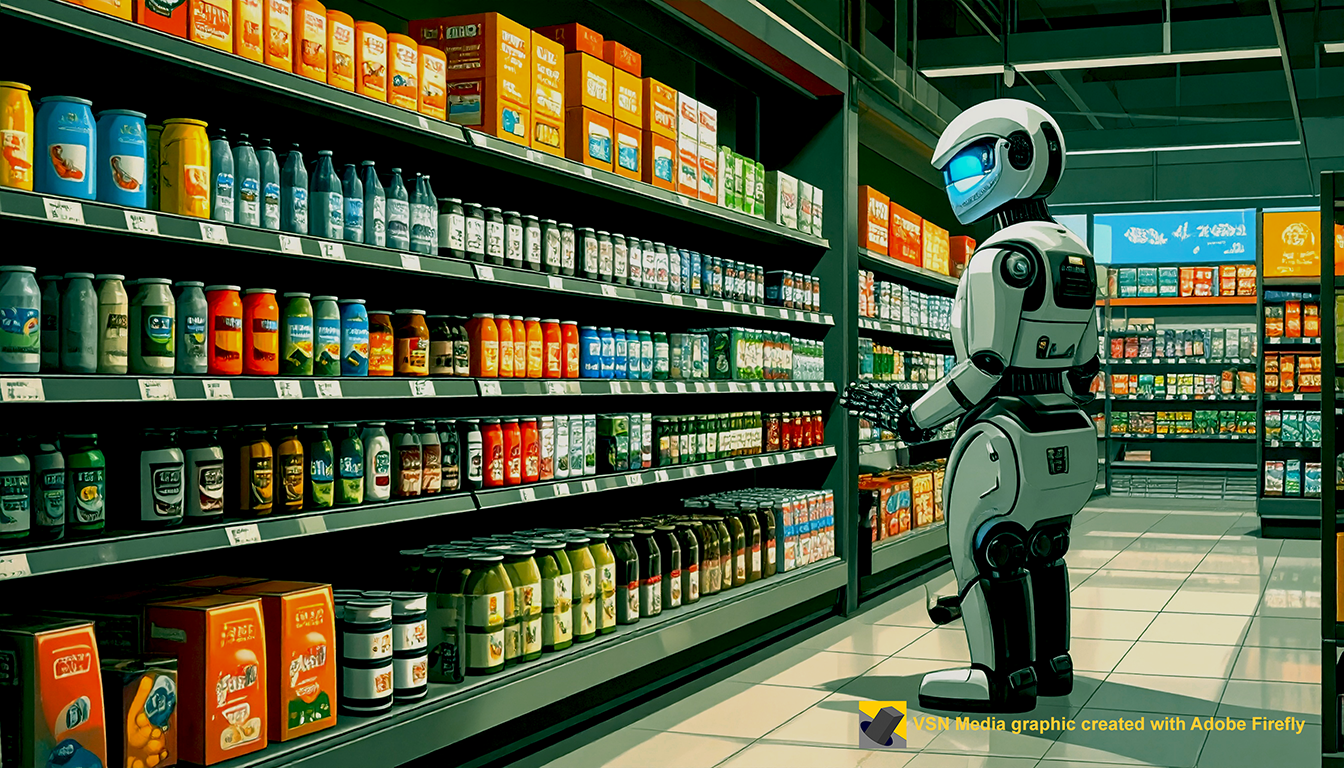CALL IT UNIFIED SHOPPER ENGAGEMENT. Once-sharp dividing lines that have separated trade marketing from personalized offers from retail media are blurring, as trading partners pursue best total returns across the full marketing funnel.
At the recent Groceryshop event in Las Vegas, executives from Ahold Delhaize USA’s AD Retail Media, Kroger Precision Marketing, and Walgreens Advertising Group shared how their organizations are each taking a more connected approach with these core marketing processes, to cover more of the spectrum of shopper engagement. They have aligned organizational structures and platforms to make this possible.
“We brought the digital merchandising team inside the retail media practice,” said panelist Bobby Watts of Ahold Delhaize USA. “We call it our connected store initiative.”
Originallly published in CPGmatters.com, Nov. 2025. Reproduced here by permission.
Watts’ job title offers a clue to what’s happening. He is SVP, AD Retail Media, Digital Merchandising & Marketing.
He elaborated in an interview: “We believe that you need to bring these areas together and build a holistic omni-channel commercial plan. This includes brick-and-mortar display, brick-and-mortar promotions, and price.”




